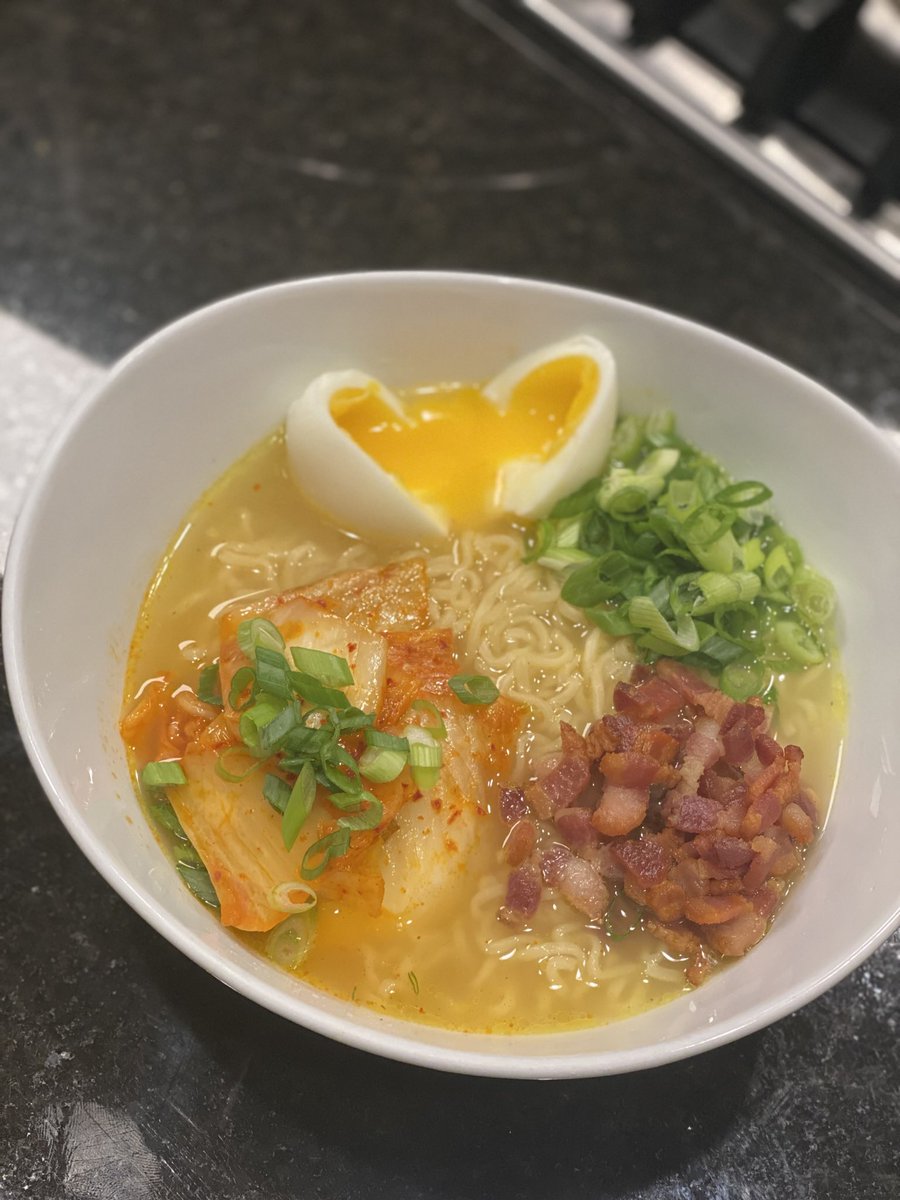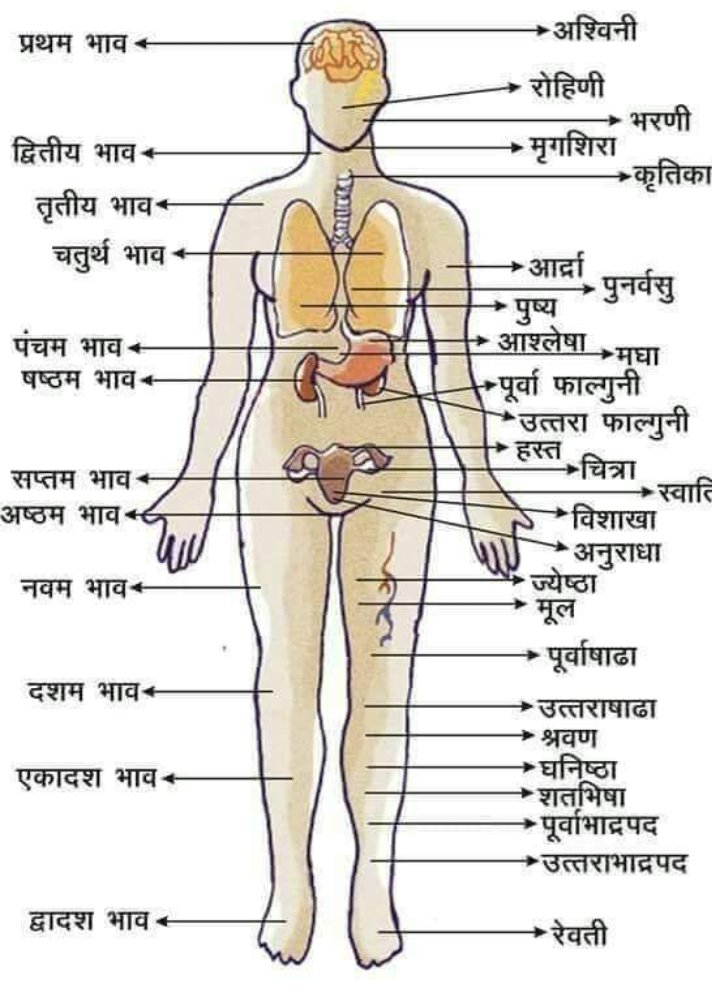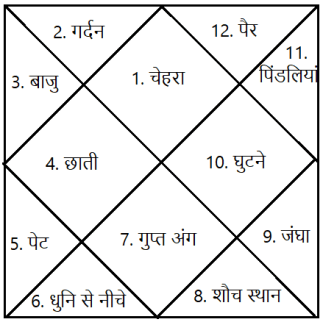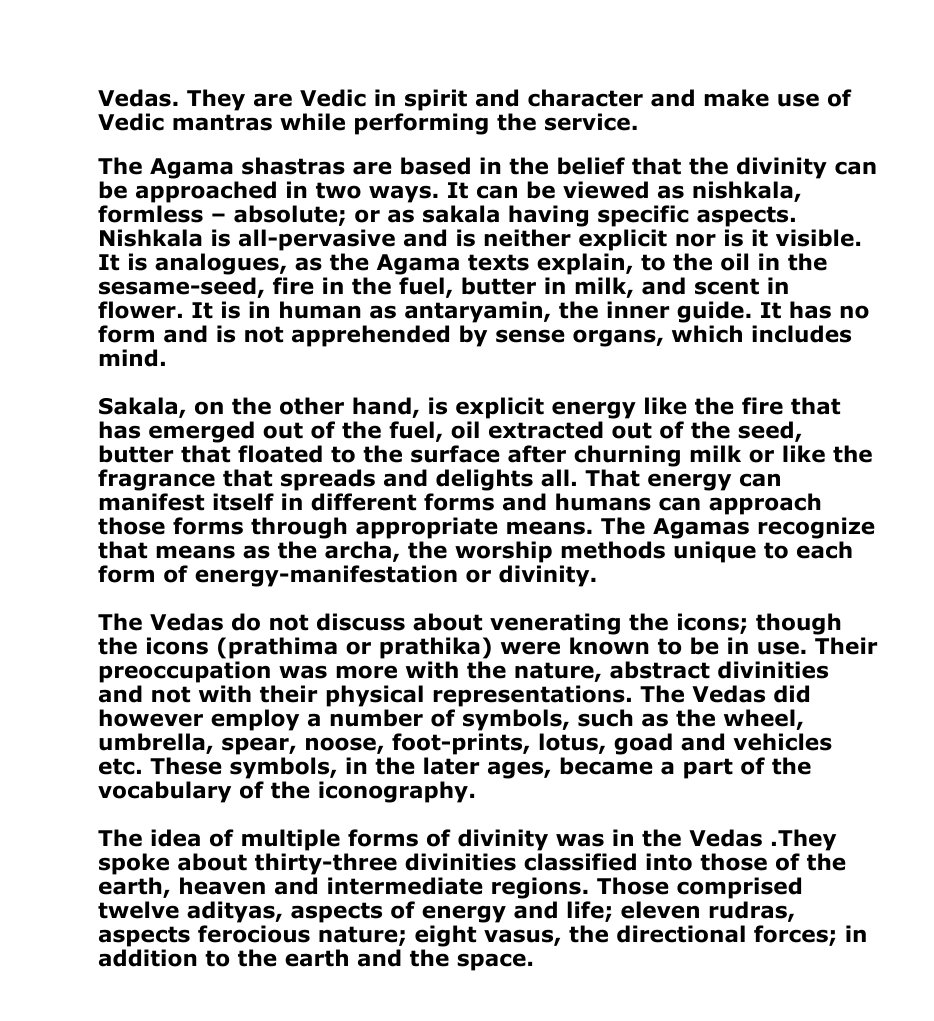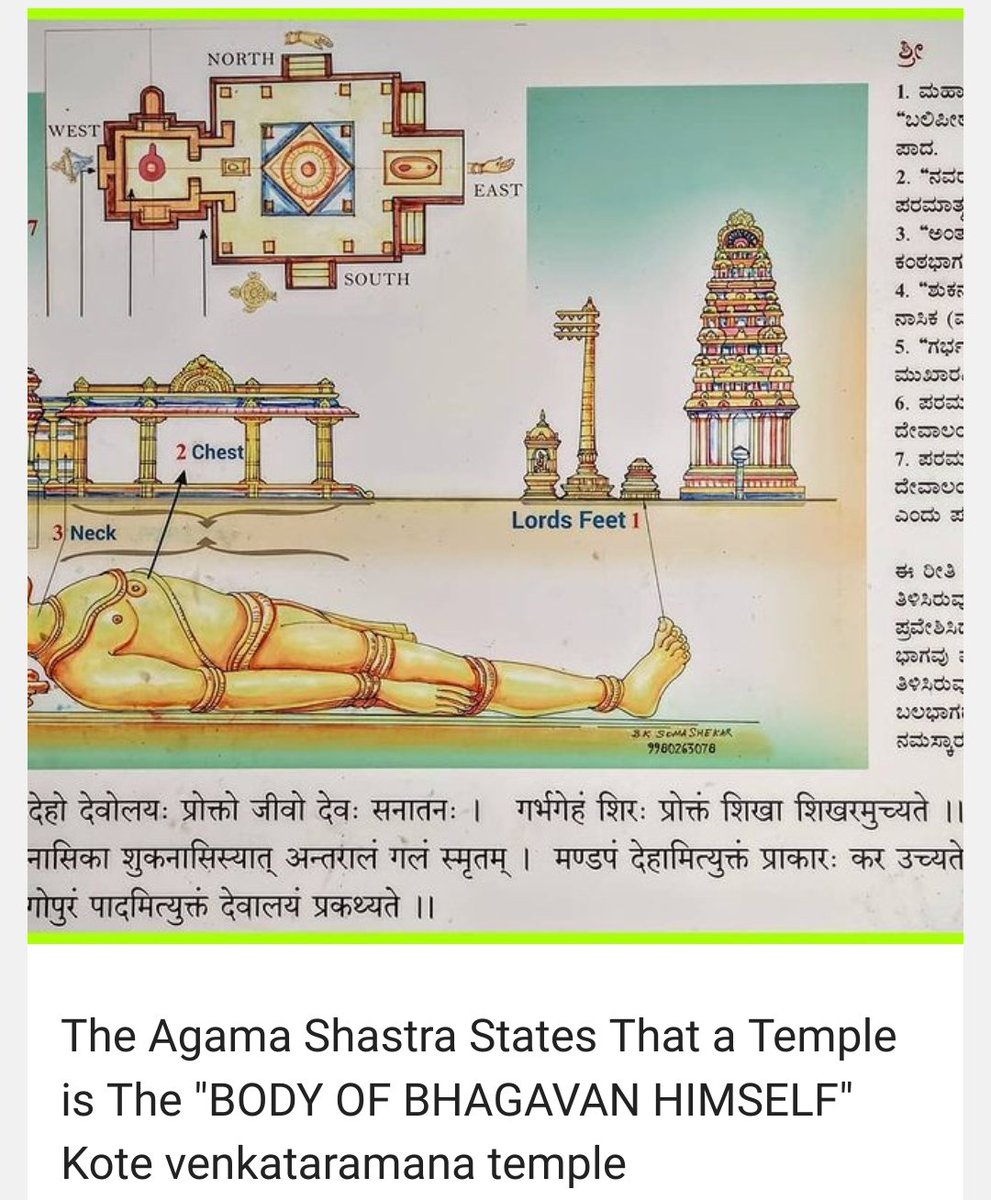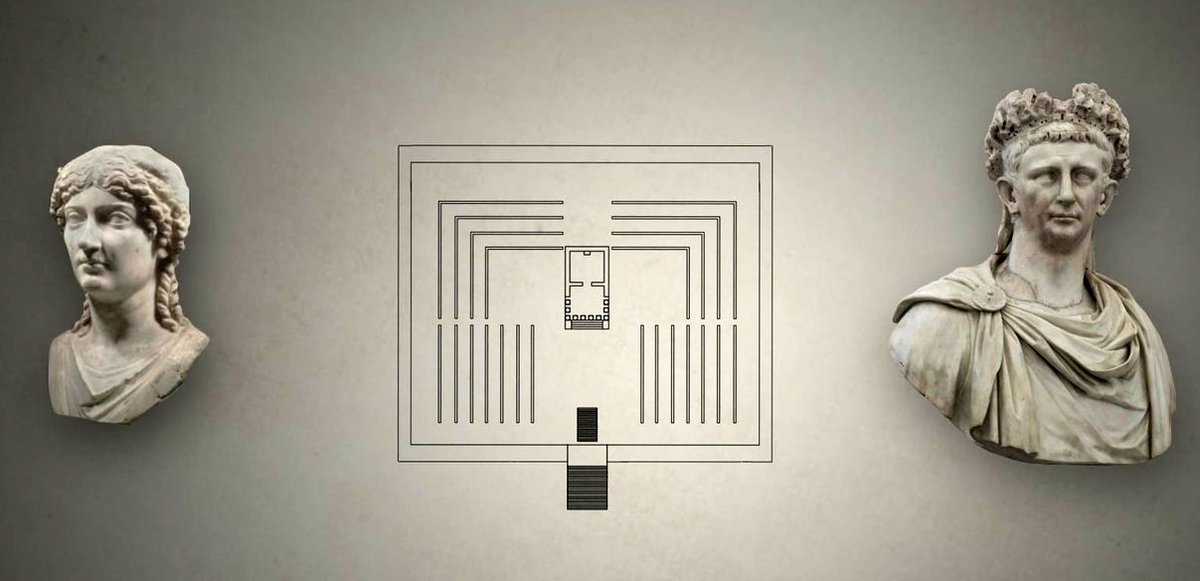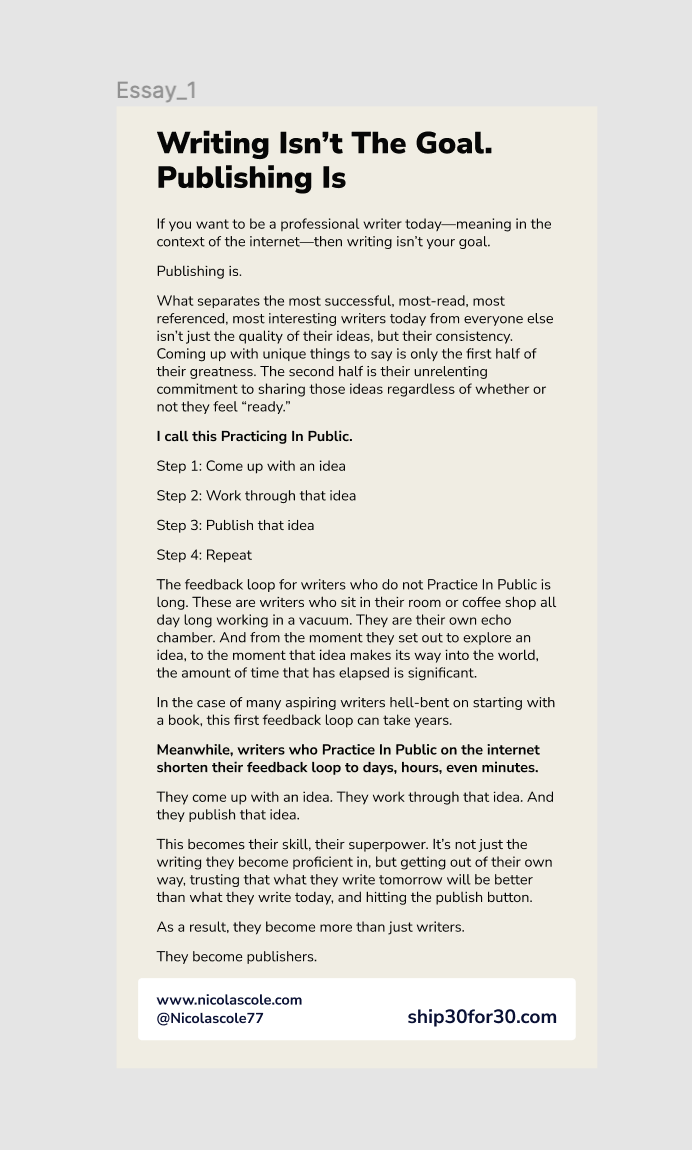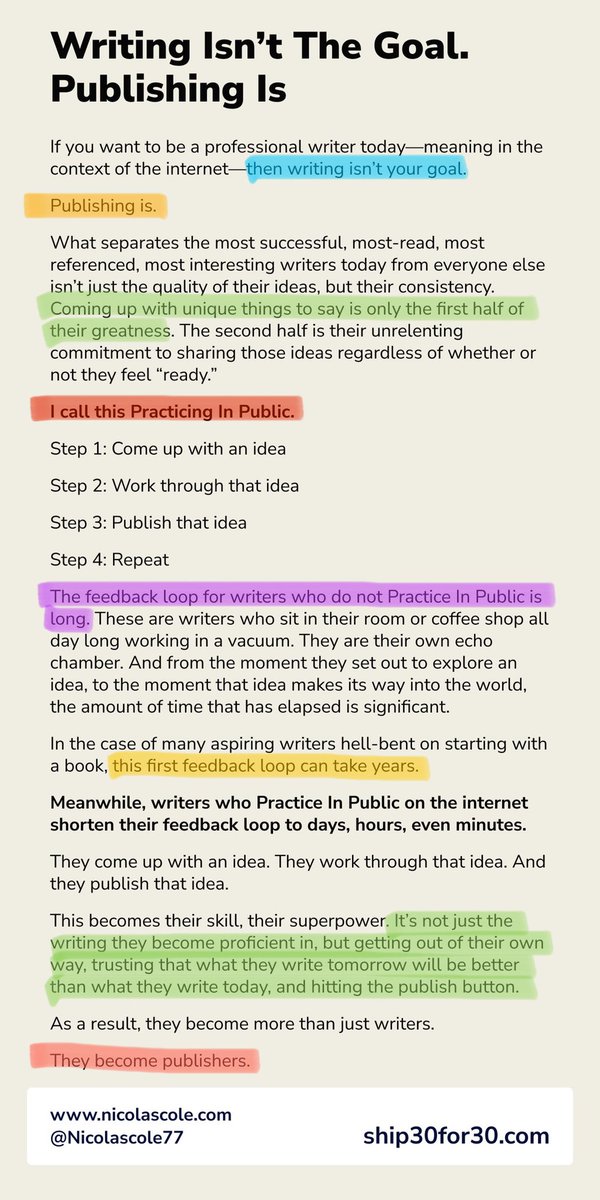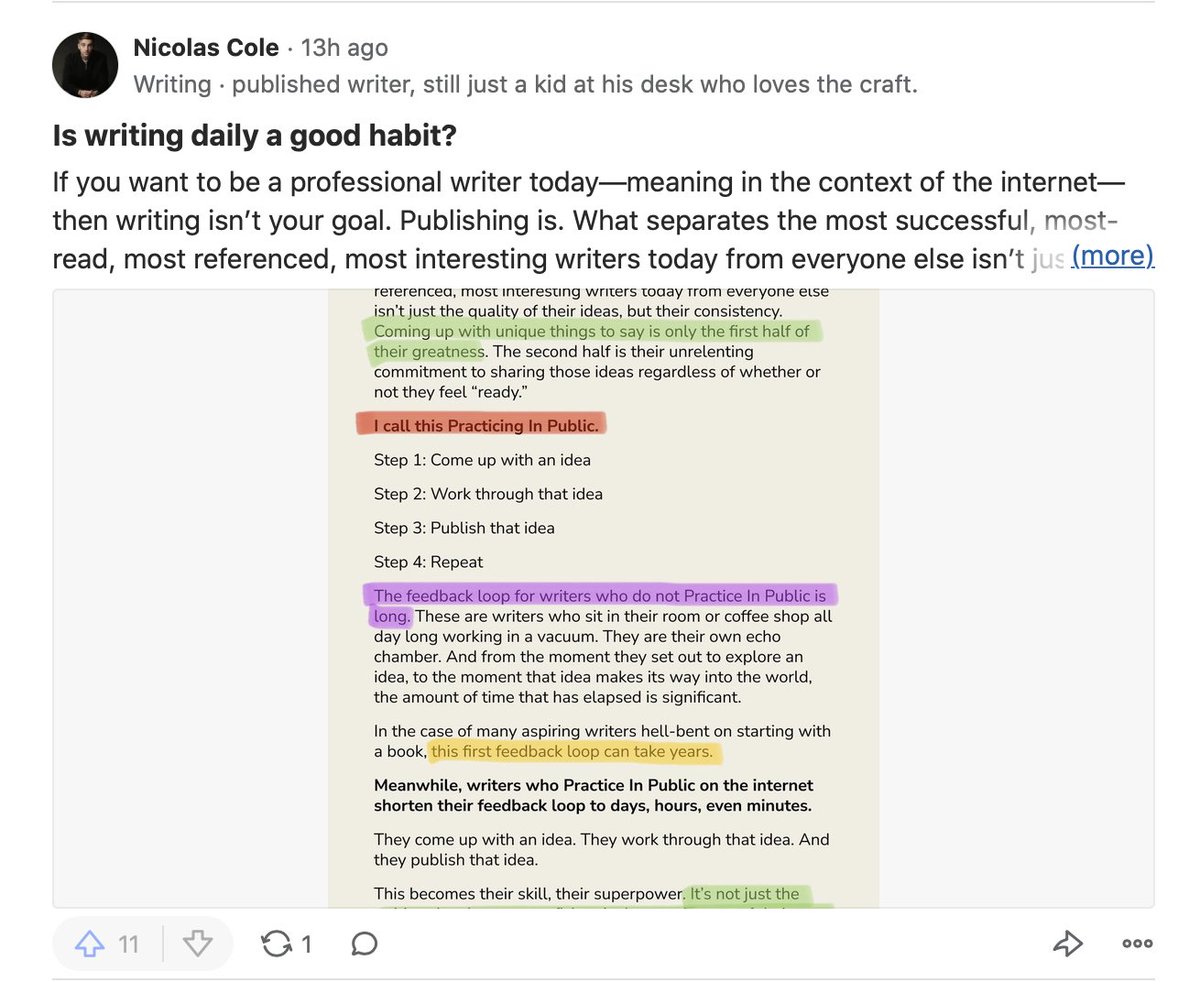*Disclaimer: this is not supposed to be authentic ramen. It’s craveable and crushable.
95 billion packs of ramen instant noodles are eaten every year.
I’m going to show you to take an off-the-shelf classic and make it 𝗿𝗲𝘀𝘁𝗮𝘂𝗿𝗮𝗻𝘁 𝗾𝘂𝗮𝗹𝗶𝘁𝘆 𝗳𝗼𝗿 $2.40 𝗶𝗻 𝗹𝗲𝘀𝘀 𝘁𝗵𝗮𝗻 10𝗺𝗶𝗻𝘀.
(I know you’ve eaten ramen and you know you need this thread)

*Disclaimer: this is not supposed to be authentic ramen. It’s craveable and crushable.
This works by taking the sweet/salty flavors of chicken & adding:
Protein/Body; Egg
Fresh/Sharp; scallions
Smoky/Richness; bacon
Sour/Spicy/Umami; kimchi
Lets cook! 🍽️
(1) Egg
1/2c kimchi
(2) Scallions
(2) Packages Chicken Ramen
(2) Slices thick cut hickory smoked bacon

2. Meanwhile, slice your bacon into lardon. Then thinly slice the white end of the onion, and cut the green parts on a 4-5degree diagonal.

4. Pro-tip: tilt your pan, occasionally, so all the bacon collects in the rendered fat and crisps up evenly.

6. While your egg and bacon are cooking, unpackaged your noodles and open the seasoning packs.

8. Drop your noodles in the boiling water (that your egg was in). Stir occasionally to break up the noodles.

10. Add the kimchi and white scallion ends and stir into the bacon grease. Turn off the burner.

12. Remove the eggs from the ice water and peel under running water or dunking in the ice water bowl to remove the shell.

14. Now stack your kimchi on a remaining empty corner. Finally, add the scallion greens to the last open space.

More from All
You May Also Like
Like company moats, your personal moat should be a competitive advantage that is not only durable—it should also compound over time.
Characteristics of a personal moat below:
I'm increasingly interested in the idea of "personal moats" in the context of careers.
— Erik Torenberg (@eriktorenberg) November 22, 2018
Moats should be:
- Hard to learn and hard to do (but perhaps easier for you)
- Skills that are rare and valuable
- Legible
- Compounding over time
- Unique to your own talents & interests https://t.co/bB3k1YcH5b
2/ Like a company moat, you want to build career capital while you sleep.
As Andrew Chen noted:
People talk about \u201cpassive income\u201d a lot but not about \u201cpassive social capital\u201d or \u201cpassive networking\u201d or \u201cpassive knowledge gaining\u201d but that\u2019s what you can architect if you have a thing and it grows over time without intensive constant effort to sustain it
— Andrew Chen (@andrewchen) November 22, 2018
3/ You don’t want to build a competitive advantage that is fleeting or that will get commoditized
Things that might get commoditized over time (some longer than
Things that look like moats but likely aren\u2019t or may fade:
— Erik Torenberg (@eriktorenberg) November 22, 2018
- Proprietary networks
- Being something other than one of the best at any tournament style-game
- Many "awards"
- Twitter followers or general reach without "respect"
- Anything that depends on information asymmetry https://t.co/abjxesVIh9
4/ Before the arrival of recorded music, what used to be scarce was the actual music itself — required an in-person artist.
After recorded music, the music itself became abundant and what became scarce was curation, distribution, and self space.
5/ Similarly, in careers, what used to be (more) scarce were things like ideas, money, and exclusive relationships.
In the internet economy, what has become scarce are things like specific knowledge, rare & valuable skills, and great reputations.


